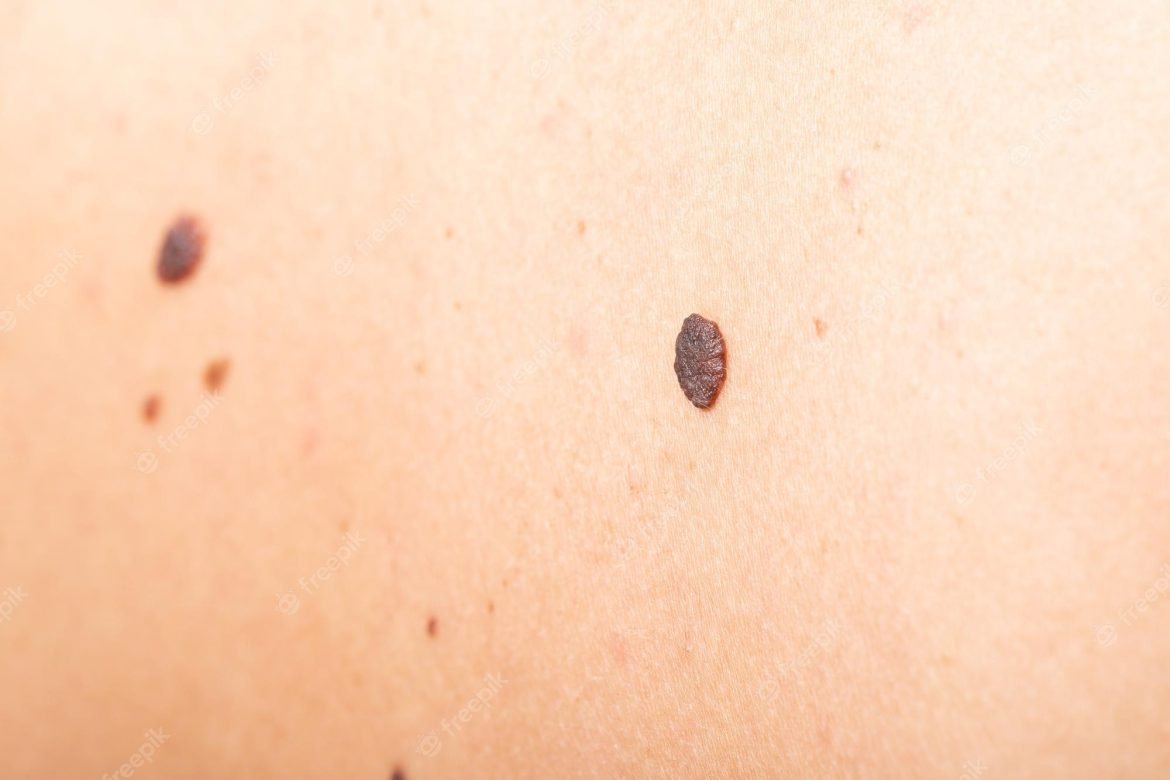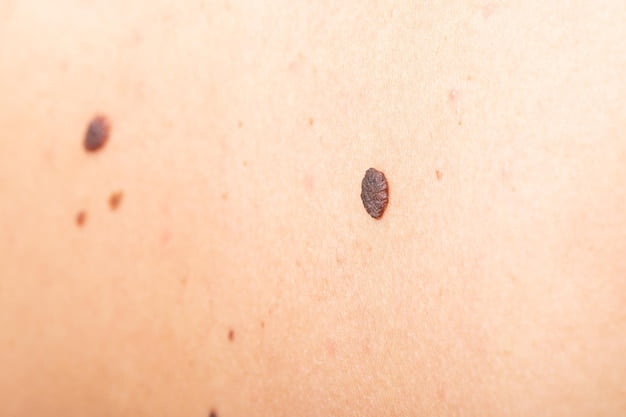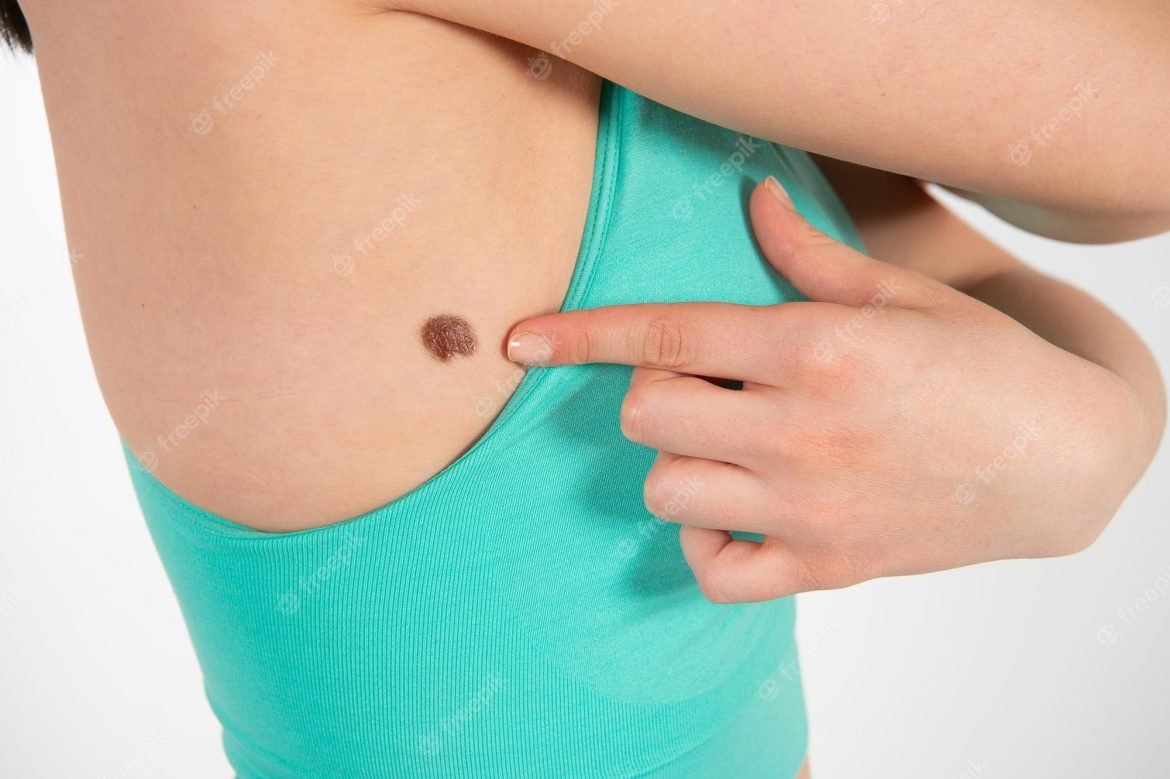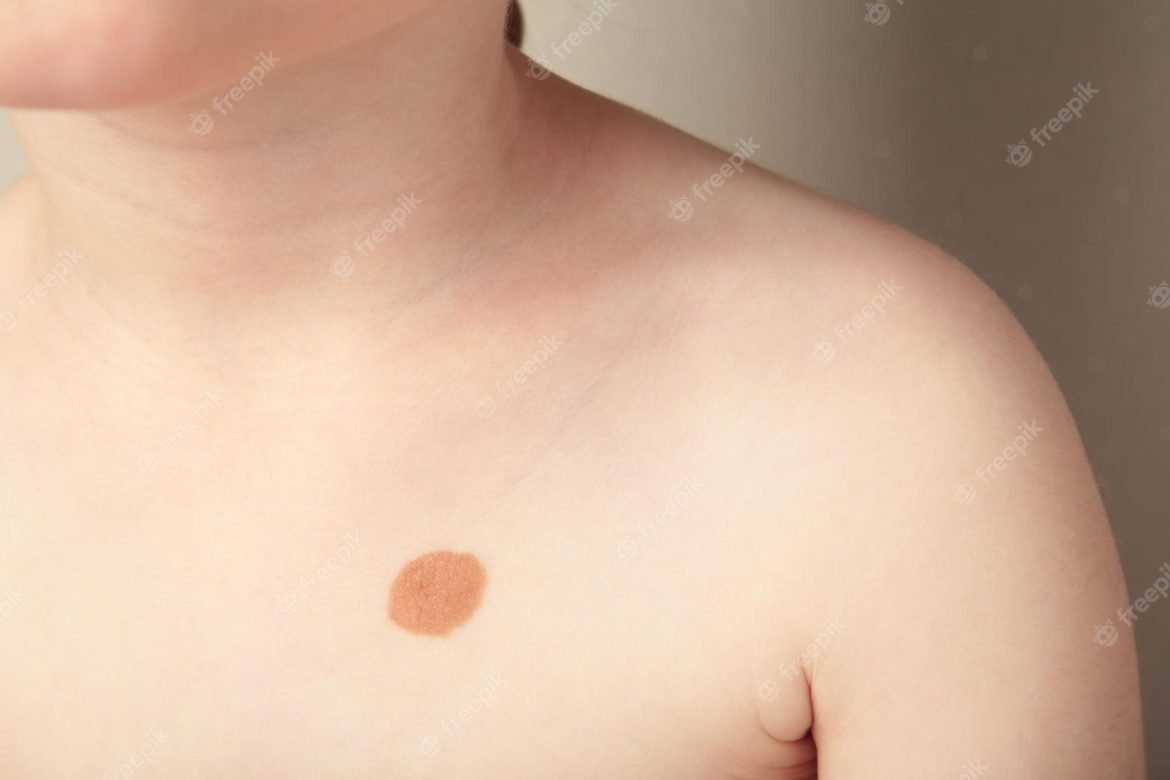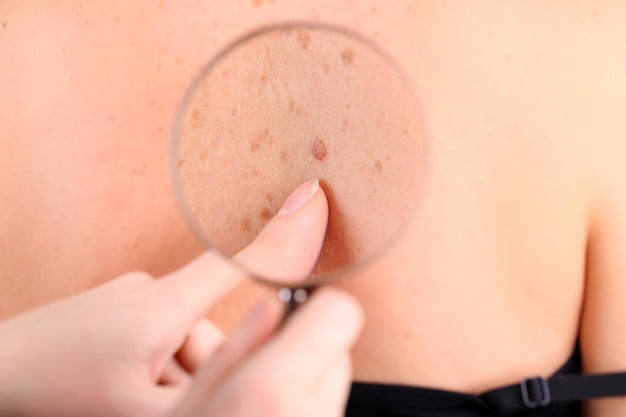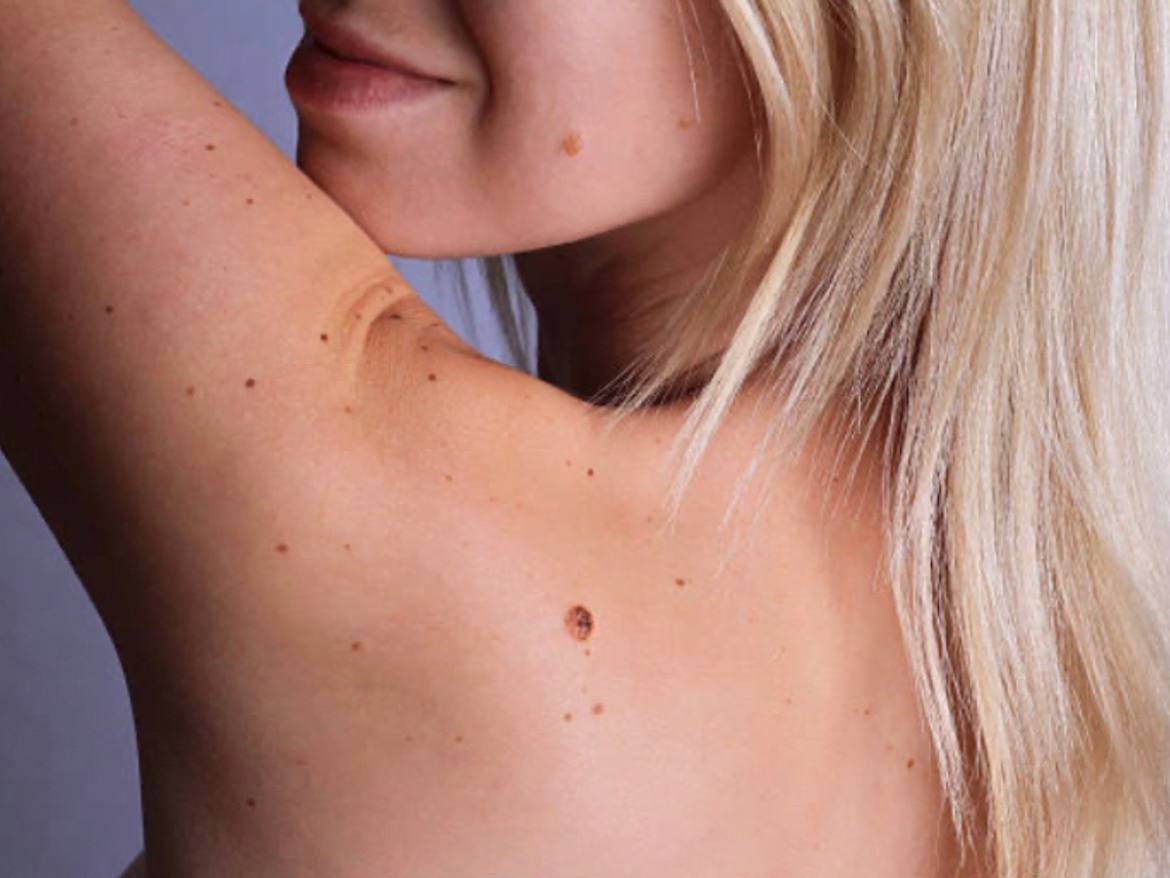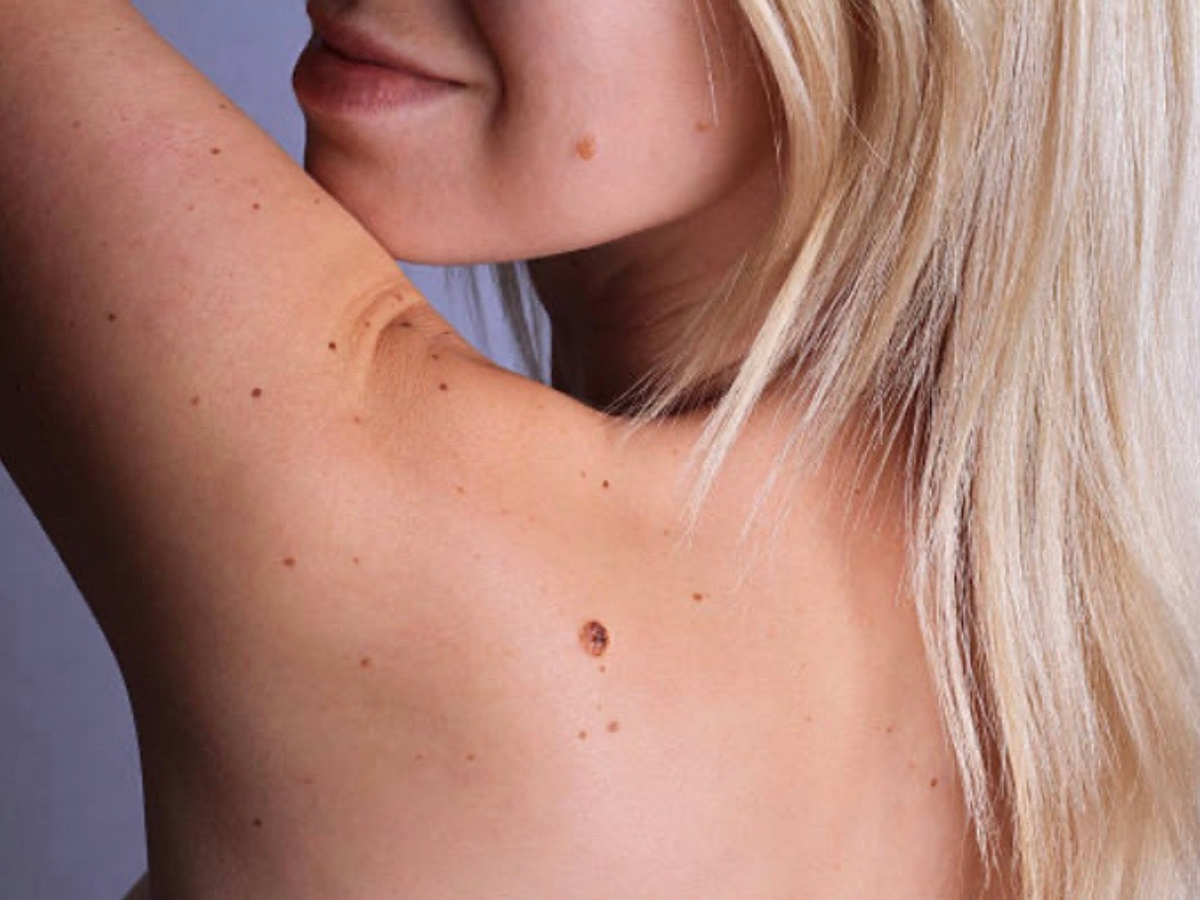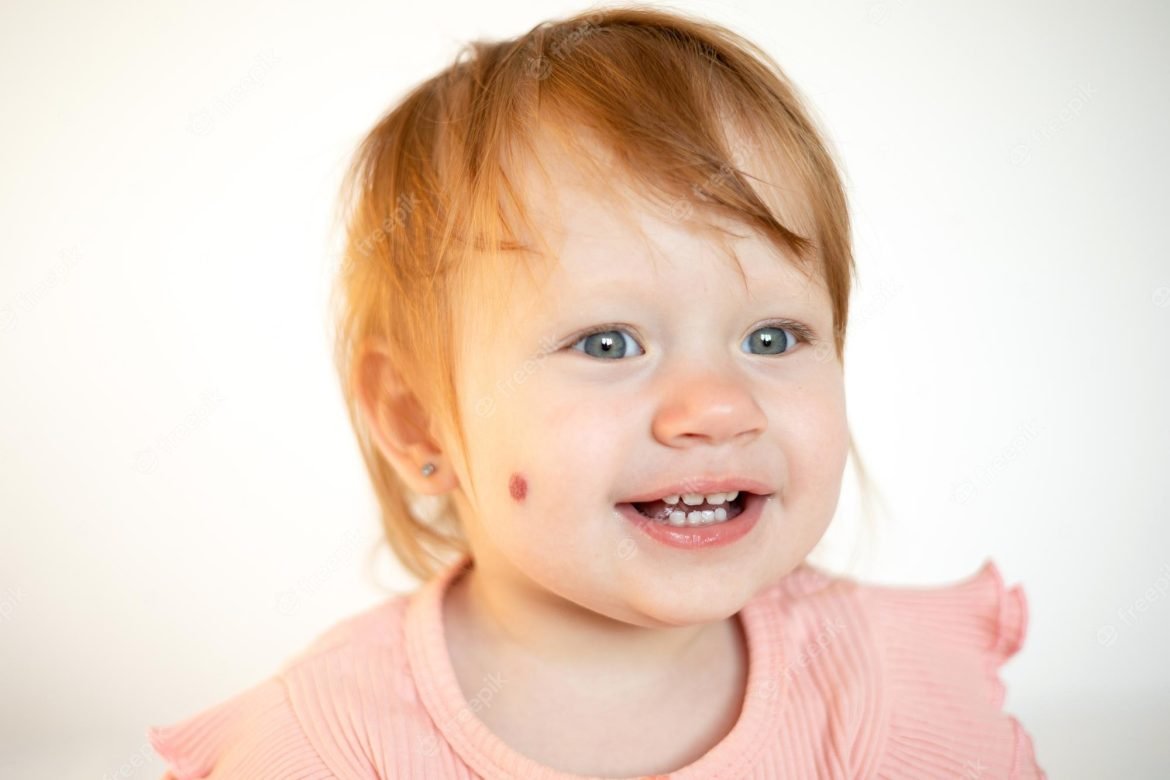
Have you ever wondered how many birthmarks a person can have? Birthmarks are fascinating and unique marks that appear on our skin from the moment we enter this world. Some people have just one, while others may be adorned with multiple marks of various shapes, colors, and sizes. In this blog post, we’ll explore the different types of birthmarks, their prevalence, causes, and whether they can be hereditary or cancerous. So if you’re curious about birthmarks and want to learn more about these intriguing features of our skin, keep reading!
Types of Birthmarks
Birthmarks come in various forms, each with its own distinct characteristics. From flat red or pink patches known as salmon patches to raised red lumps called strawberry marks, there are many types to explore. Other varieties include port wine stains, cafe-au-lait spots, blue-grey spots, and congenital moles. Let’s dive deeper into these fascinating birthmarks!
Flat, Red or Pink Areas of Skin (Salmon Patches or Stork Marks)
Flat, red or pink areas of skin, also known as salmon patches or stork marks, are common birthmarks that often appear on the back of a baby’s neck or eyelids. They usually fade over time and don’t require treatment.
Raised Red Lumps (Strawberry Marks or Haemangiomas)
Raised red lumps, known as strawberry marks or haemangiomas, are a type of birthmark. They can appear shortly after birth and grow rapidly in the first few months before eventually fading away on their own.
Red, Purple or Dark Marks (Port Wine Stains)
Port Wine Stains are red, purple, or dark marks that can appear anywhere on the body. They are caused by abnormal blood vessels and usually don’t fade over time.
Flat, Light or Dark Brown Patches (Cafe-au-lait Spots)
Cafe-au-lait spots are flat, light or dark brown patches that can appear anywhere on the body. They vary in size and shape, adding a unique touch to each individual’s skin.
Blue-grey Spots
Blue-grey spots are another type of birthmark that some people may have. These spots can vary in size and shape, appearing as small dots or larger patches on the skin. They are usually harmless and do not require any treatment.
Brown or Black Moles (Congenital Moles or Congenital Melanocytic Naevi)
Brown or black moles, also known as congenital moles or congenital melanocytic naevi, are another type of birthmark. They can vary in size, shape, and color.
Other Types of Birthmarks to Know About
Other types of birthmarks include blue-grey spots and brown or black moles. It’s important to be aware of these variations in order to better understand the diversity of birthmarks that can occur.
How Common Are Birthmarks?
Birthmarks are quite common, with about 80% of babies having them. They can range from small and faint to large and noticeable. It’s important to remember that birthmarks are usually harmless and often fade over time.
Why Do We Get Birthmarks?
Birthmarks are common, but have you ever wondered why we get them? Well, the exact cause is still unknown. It could be due to abnormal blood vessels or an overgrowth of pigment-producing cells. The mystery continues!
Are Birthmarks Hereditary?
Birthmarks can be hereditary, meaning they can be passed down from parents to their children. However, not all birthmarks have a genetic component and can also develop randomly during fetal development.
Can Birthmarks Be Cancerous?
Birthmarks are generally harmless, but some types can be associated with an increased risk of developing skin cancer later in life. It’s important to monitor any changes and discuss concerns with a healthcare professional. Stay informed and take care of your skin!
What if You Don’t Have a Birthmark?
Not everyone is born with a birthmark, and that’s perfectly normal! Not having a birthmark doesn’t mean anything is wrong – it just means you have a unique canvas. Embrace your natural beauty!
What if You Don’t Like the Appearance of Your Birthmark?
If you find yourself not liking the way your birthmark looks, remember that it’s a part of who you are. Embrace your uniqueness and focus on the qualities that make you special.
Understanding Baby Birthmarks
Vascular birthmarks in babies are caused by abnormal blood vessels and can appear as red or pink patches on the skin. Pigmented birthmarks, on the other hand, result from an excess of melanin and can be brown or black spots.
Vascular Birthmarks in Babies
Vascular birthmarks in babies are caused by abnormal blood vessels under the skin. They can appear as pink or red patches, or raised lumps. Treatment options vary depending on the type and severity of the birthmark.
Pigmented Birthmarks in Babies
In this article, we have explored the fascinating world of birthmarks and answered some common questions surrounding them. From understanding the different types of birthmarks to exploring their prevalence and causes, we hope to have shed light on this unique aspect of our bodies.
One particular category of birthmarks that deserves attention is pigmented birthmarks in babies. These are characterized by flat patches or spots that range in color from light brown to dark black. They can appear anywhere on the body and vary in size, shape, and number.
Now you may be wondering, how many birthmarks can a baby have? The truth is, there is no set limit to the number of pigmented birthmarks a baby can possess. Some babies may only have one small mark, while others may display multiple marks scattered across their skin.
It’s important to remember that pigmented birthmarks are typically harmless and do not require medical intervention. However, if you notice any changes in size or appearance or if they cause discomfort for your child, it’s always best to consult with a healthcare professional for further evaluation.
The overall message here is that each person’s experience with birthmarks is unique. Whether you have none at all or several scattered across your body like constellations in the night sky, embrace them as part of what makes you beautifully individual.

